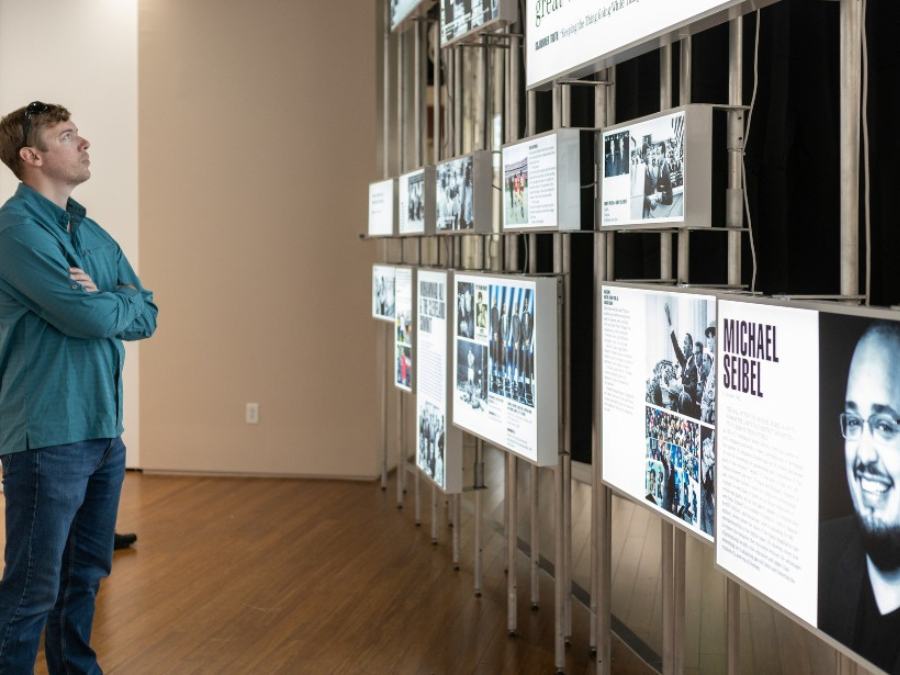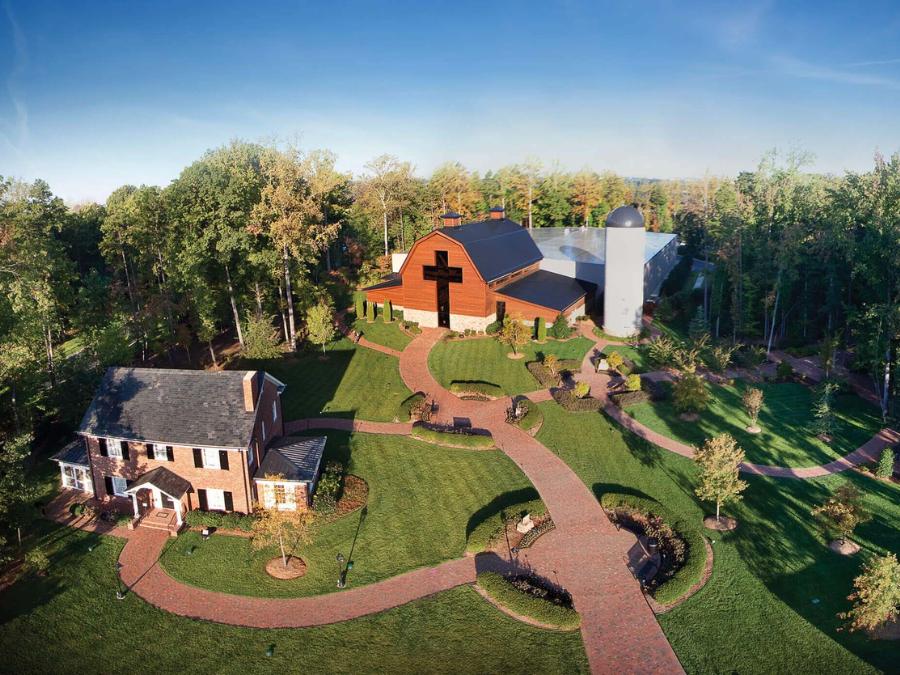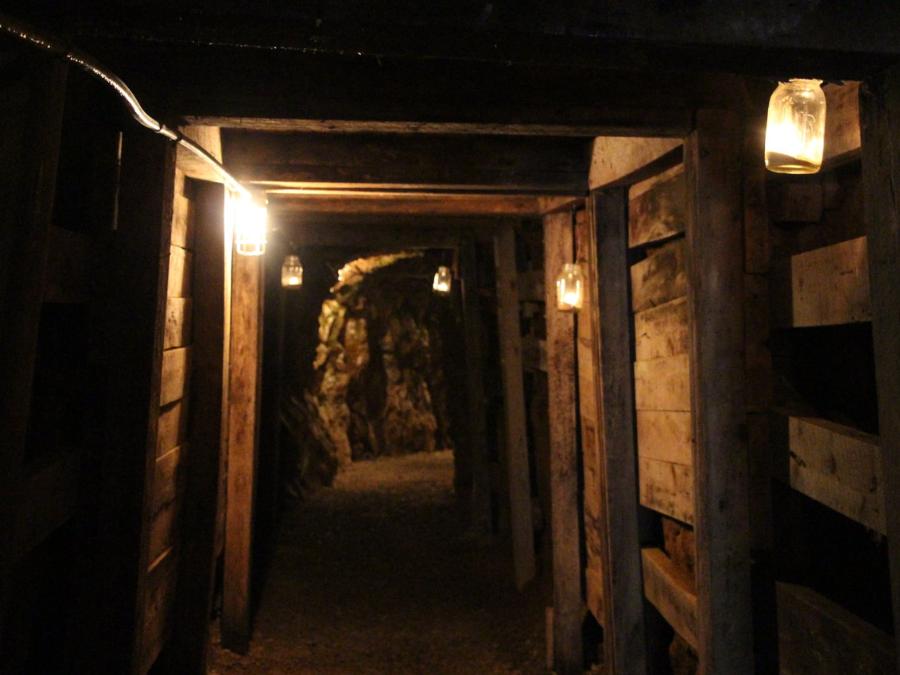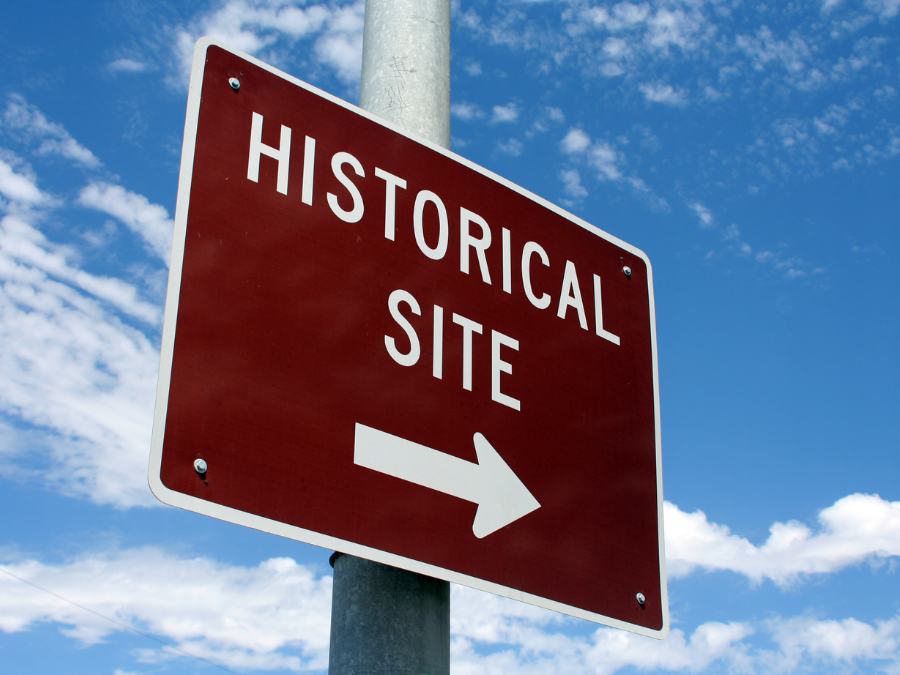Visiting Charlotte’s Historic Sites
Have you ever wondered what taking a journey back in time would be like? To explore the history of a place and gain insight into its past? That dream can become a reality when visiting Charlotte’s Historic Sites. From Revolutionary War battlefields to old textile mills, these sites offer an opportunity to discover the city’s rich heritage.
Charlotte has been shaped by many different events over the years, from pre-colonial settlement through the American Revolution and up to today. Visitors will find plenty of places to explore – from picturesque parks with monuments dedicated to those who fought for independence to preserved homes showcasing local architecture. Several museums and historic districts are offering more information about Charlotte’s storied past.
So if you’re looking for an exciting day trip or weekend adventure, why not experience Charlotte’s Historic Sites first-hand? You’ll get a glimpse at times gone by while learning something new along the way!

Overview
Charlotte, North Carolina, is a bustling city with many historic sites that attract visitors from around the world. It’s like stepping back to discover the city’s unique past. As you explore Charlotte’s history, it’s almost as if all its stories are screaming for attention. Like blooming flowers in springtime, these cultural and historical landmarks beckon travelers to come closer and take notice.
The Mint Museum Randolph boasts works from throughout centuries, from ancient pottery to modern paintings. The Hezekiah Alexander Homesite was built by one of Charlotte’s earliest settlers in 1774; this house museum offers insight into how life used to be over 240 years ago. For those interested in industrial history, there’s the Historic Latta Plantation which features educational tours on cotton farming during the 19th century.
No matter your interests, there is something for everyone when visiting Charlotte’s historic sites. From artifacts related to Native American legends to Victorian-style homes converted into museums – each site provides an opportunity to learn about Charlotte’s diverse culture and heritage while exploring its captivating history. Time travel awaits – let us transition now to The Levine Museum of the New South…

The Levine Museum Of The New South
Charlotte’s historic sites give visitors a unique look into the city’s past. One of the most popular attractions is The Levine Museum of the New South in uptown Charlotte. This interactive museum provides an insightful look at how social and economic changes have shaped this vibrant city over the last 150 years.
The Levine Museum aims to showcase Charlotte as a hub for innovation and progress in industry, culture, and education. Visitors can explore exhibits about local civil rights activists, entrepreneurs, and other important figures who helped shape Charlotte’s identity. Plenty of interactive activities invite guests to learn more about the city’s history through hands-on experiences like building steam engines or weaving baskets.
This comprehensive experience offers something for everyone interested in learning more about Charlotte’s rich heritage. Guests leave with a better understanding of why this city has become such an integral part of Southern culture today. With its engaging displays and dynamic programming, The Levine Museum is an excellent resource for discovering Charlotte’s past – paving the way towards exploring even more historical sites throughout the area. From here, visitors can move on to another of Charlotte’s historical gems: The Mint Museum.

The Mint Museum
The Mint Museum is one of the top spots to visit in Charlotte’s historic sites. Established in 1936, it has a wealth of art and history that will take your breath away. From ancient artifacts to modern artwork, there’s something for everyone here.
The museum features two buildings with intriguing exhibitions, including African Art, American & European Decorative Arts, Ancient American Artifacts, Contemporary Crafts, Asian Art, and more. It showcases artwork from many different cultures and periods and provides educational programming designed to help visitors understand the significance behind each piece.
Visiting this historical site will surely be an eye-opening experience for all who come through its doors. A trip to The Mint Museum offers a unique opportunity to explore some of Charlotte’s most fascinating cultural offerings and gain insight into how the city’s past shapes its present-day identity. With so much knowledge, stepping inside the library’s walls can open up new perspectives on life.

Charlotte Mecklenburg Library
The following historical site to visit in Charlotte is the Charlotte Mecklenburg Library. This library has a long and storied history, founded over a century ago in 1903. It’s now one of the largest public library systems in the United States, with twenty branch locations throughout Mecklenburg County.
Visitors can explore an impressive collection of books and other items related to local culture and history at the central location downtown. There are also permanent exhibits that feature artifacts from famous authors such as Maya Angelou and F. Scott Fitzgerald. The library offers many educational programs for all ages, focusing on literature, science, art, music, and more. Visitors can participate in lectures by leading experts or attend workshops explicitly created for teens and adults.
Additionally, several rotating exhibitions at the library feature different topics each month. These exhibitions provide insight into current events or celebrate important figures who have significantly contributed to the city of Charlotte and the world beyond its borders. With so much to offer, it’s easy to see why this library remains a popular attraction among locals and tourists alike.
From here, our journey takes us to Historic Rosedale Plantation just outside town – another treasure trove for anyone looking to learn about Charlotte’s past.

Historic Rosedale Plantation
Coincidentally, I enjoyed visiting Historic Rosedale Plantation on my travels in Charlotte. The Rosedale Plantation was home to a wealthy family from 1815-1947 and is now open for visitors looking for an exciting glimpse into life during that era.
The mansion has remained unchanged since its original construction, with only minor modifications throughout its history. Inside were many original artifacts, including furniture and other household items, that gave me insight into how people lived during this era.
I spent quite some time exploring the grounds outside as well. Several gardens around the house have been restored over the years and offer incredible views of nature’s beauty with their vibrant colors and aromas. Walking through these gardens made it easy to imagine what life must have been like back then! Transitioning seamlessly into the next section about historic Latta Plantation, I am eager to see what else Charlotte offers.

Historic Latta Plantation
Another excellent example of Charlotte’s historic sites is Historic Latta Plantation. Located in Huntersville, the plantation was built by James Latta, who immigrated from Scotland in 1767 and eventually acquired over 1,000 acres of land to build his plantation. This site provides a unique insight into life for wealthy Lowcountry families during the 19th century. Visitors can explore restored structures, such as the cotton gin house and kitchen, and original buildings that date back to 1805. They can also take guided tours through the main house, which reveals much about how people lived at this time. Additionally, visitors can enjoy activities such as blacksmithing demonstrations and seasonal festivals held throughout the year. These experiences make it apparent why Historic Latta Plantation is critical to understanding Charlotte’s past. With its fascinating history and plethora of educational opportunities, this spot is worth visiting while exploring Charlotte’s historical landscape. Moving onto our next destination – The James K Polk Memorial…

James K. Polk Memorial
One of Charlotte’s historical sites is the James K. Polk Memorial in downtown Charlotte. This memorial honors James K. Polk, who served as the 11th President of the United States from 1845-1849 and was a resident of North Carolina for many years. The memorial includes a bronze Polk statue on top of an 8-foot granite base. The monument also features four plaques with inscriptions honoring his life and accomplishments.
The site around the memorial has been revitalized to add green space, benches, and walkways so visitors can enjoy their visit while learning more about this important figure in US history. Visitors are encouraged to use the nearby visitor center, which provides additional information about Polk’s life and legacy and some interactive exhibits.
Visiting the James K. Polk Memorial is a great way to appreciate one of North Carolina’s most influential residents and gain an appreciation for American history at large. By visiting this memorial, visitors will be able to reflect upon Polk’s lasting impact on our nation and its citizens during his presidency nearly two centuries ago. From here, we focus on another important historical landmark – the Billy Graham Library in Charlotte.

The Billy Graham Library
Continuing the journey of Charlotte’s historical sites, we move away from James K. Polk Memorial and head to The Billy Graham Library. Like a beacon of hope, this library is a tribute to one of North Carolina’s most famous sons—Billy Graham. This unique place is filled with inspirational messages and artifacts that tell the remarkable story of Mr. Graham’s life and legacy.
From interactive displays to personal stories shared by those touched by his ministry, visitors can explore what made him such an influential figure in American history. Throughout the library are various photographs, video clips, and audio recordings documenting his long evangelism and religious leadership career. There are also books about his life for guests to read or purchase as souvenirs.
This powerful memorial offers insight into why Billy Graham was so beloved across generations and how he changed lives worldwide through his faith-filled words. With its touching exhibits, visitors will be inspired to reflect on their spiritual journeys as they leave The Billy Graham Library behind them, leading toward our next stop: Reed Gold Mine!

Reed Gold Mine
Located in Midland, North Carolina, the Reed Gold Mine is a historical site of great importance. Established in 1799 by John Reed, it was at this mine where the first documented discovery of gold in the United States occurred. Today, visitors can explore its grounds and learn about its history:
- It was declared a National Historic Landmark in 1966.
- There are several areas to visit, such as the museum, stamp mill, and reconstructed village.
- Activities include panning for gold and gemstones.
- Special events like blacksmithing demonstrations and Civil War reenactments occur throughout the year.
The tour guides provide an educational experience about gold mining techniques used during that period and how they impacted US history socially and economically. After exploring the mine’s rich history, visitors can purchase souvenirs from the gift shop or enjoy a picnic lunch before heading to their next destination. The next stop on our journey through Charlotte’s historical sites is the Carolina Raptor Center.

The Carolina Raptor Center
The Carolina Raptor Center is a popular tourist attraction in Charlotte. It’s an incredible educational center specializing in the conservation of birds of prey and offers unparalleled opportunities to learn about these majestic creatures. The center has over 70 species of raptors, including eagles, hawks, kites, falcons, owls, and vultures. Visitors can observe live raptors or participate in interactive programs such as guided tours, rehabilitation visits, and flight demonstrations, where they can watch raptors soar through the sky.
The education team at the Carolina Raptor Center provides resources for students and teachers alike so they can deepen their understanding of bird life and help protect them from extinction. There are also special events like photography days where visitors can try to capture stunning images of some of these breathtaking birds in action.
A visit to the Carolina Raptor Center will surely be a memorable experience for any nature lover – one you won’t soon forget! From observing rare migratory birds to exploring wildlife habitats, there is something here for everyone. Moving on, let’s head over to the Charlotte Museum of History next.

The Charlotte Museum Of History
Having just visited a home for birds of prey, one might expect to find only more feathery guests in Charlotte. But nestled among the trees and hills is a surprise – The Charlotte Museum of History. Visitors can explore Charlotte’s past and gain insight into its unique culture and history.
Despite the modern cityscape that now surrounds it, the museum holds many artifacts from centuries past. From old objects used by Native Americans in their everyday lives to tools used by early settlers as they worked on farms, there is something here to captivate everyone’s interest. Even if you don’t consider yourself a historian or archaeologist, the stories these items tell are fascinating!
The museum offers both guided tours and self-guided experiences. You’ll be able to explore at your own pace while still learning about Charlotte’s rich cultural background. As you walk through time within this historic building, you may even discover some surprising connections between our present day and events that occurred long ago. It’s an experience unlike any other – one sure to leave lasting memories with all who visit!
In conclusion, Charlotte has many historical sites to explore and learn from. From the Levine Museum of the New South to the Carolina Raptor Center, there’s something for everyone interested in learning about the city’s past and present. Visiting these sites can be a great way to understand the area’s history and culture better. I highly recommend taking a trip through time and exploring all that Charlotte offers! Take some time to visit each location, take in their captivating stories, and appreciate them for what they are: windows into our past that give us insight into who we are today. With so much to see and do, you will surely make memories that will last a lifetime.

